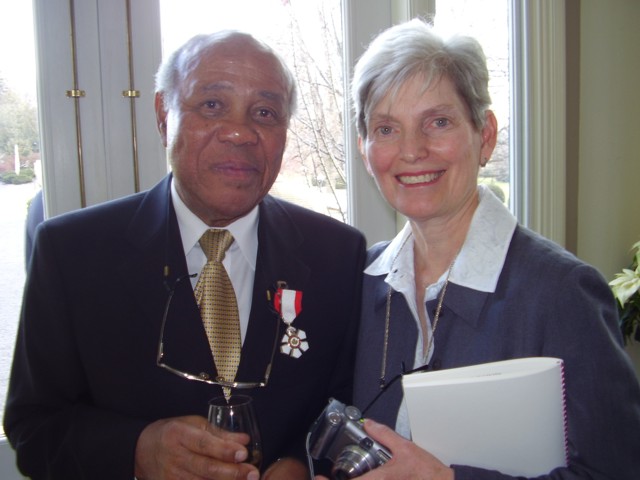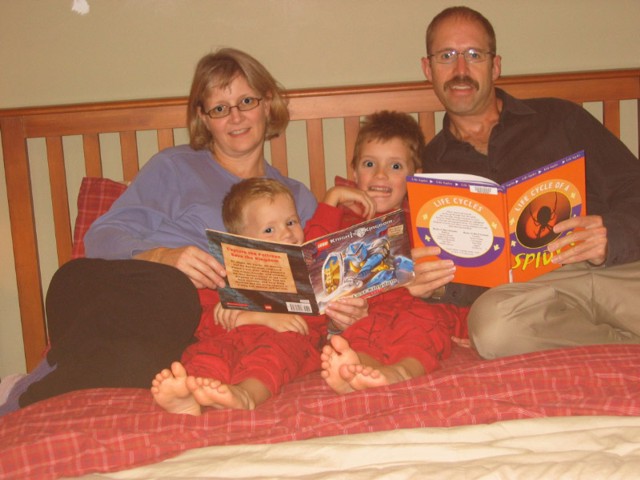In 2006, Dr. Donald Meeks was awarded one of the country’s highest distinctions – the Order of Canada – for his outstanding contribution to the Addiction field in Canada. No one could have predicted that just two short years after this high point, Don would experience two strokes that would forever change his life.

Dr. Donald Meeks dedicated his life to helping people with addictions, building a distinguished reputation as a Professor at the University of Toronto and the Associate Director of the Clinical Institute at the Centre for Mental Health and Addiction (CAMH). His work took him around the world as a special consultant to the United Nations and the World Health Organization.
In 2006, he was awarded one of the country’s highest distinctions – the Order of Canada – for his outstanding contribution to the Addiction field in Canada. No one could have predicted that just two short years after this high point, Don would experience two strokes that would forever change his life.
After the second stroke, Don was left with lingering weakness on his right side, permanent damage to his memory, and aphasia.
For an academic man who had built his career on his ability to read, write and express himself verbally, aphasia was an unexpected blow. “I suffered the most from a lack of self confidence in pubic situations – I feared that I would be inarticulate or lose my train of thought,” says Don. “Being referred to the Aphasia Institute was a ‘stroke of luck’!”
Don and his wife Sherril entered the Aphaisa Institute’s Introductory Program with great hope… and the program delivered. Don’s confidence began to build and Sherril connected with fellow caregivers and built a network of support for herself. Together, they learned about aphasia and some of the supportive communication techniques.
Don quickly graduated to the Aphasia Institute’s Toastmasters Club, where he continues today. Sherril remains connected to the Family group. Both are looking ahead with optimism although they appreciate that the journey has been very different for each of them.
Looking back, there’s an irony to having spent decades helping others only to find themselves, as Don refers to it, ‘on the other side of the gurney’.
Both know that the Aphasia Institute will be a key part of their lives for some time to come. “This is a best practice demonstration of everything I taught for years,” says Don. “The community at AI is astounding – we feel so welcomed and very much a part of this wonderful, wonderful community.”
Dr. Donald Meeks
Norma

